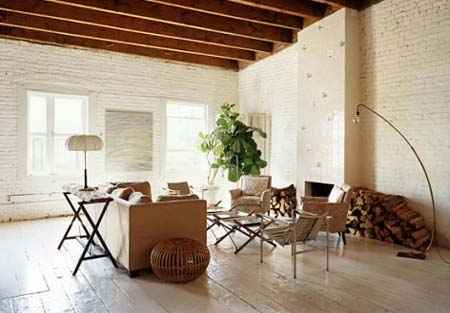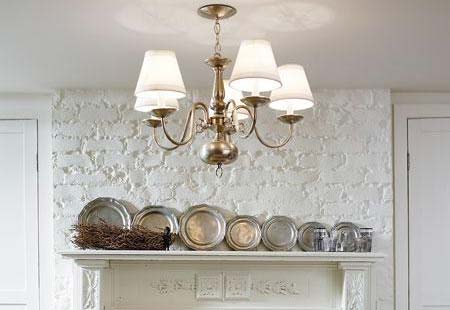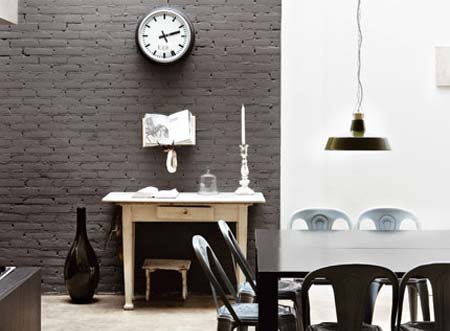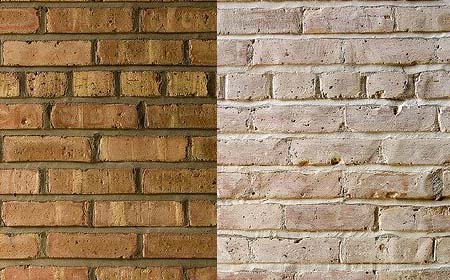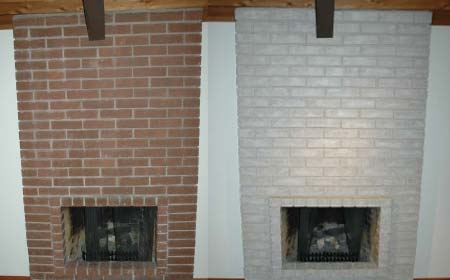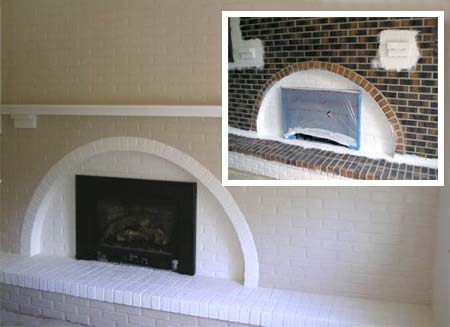I often receive enquiries about decorating around the television and this can be a problem if you don't want it to be the focal point of a room. Even if you're not a regular TV viewer, you will still have at least one TV in the home.
If you've gone to the expense of buying a flat screen TV - why hide it! I don't see why a TV can't be the focal point, especially if you watch a lot of TV, and let's be honest - many do. Whether it's catching up on the latest news, watching National Geographic, or sitting down to watch the latest sport matches - a TV has become the focal point in many homes. So, here are some options for designing a room with the TV as a focal point - or not !
I’m still a fan of an armoire or cabinet, as long as you have an interesting and unique piece. But...
ABOVE: Placing a dark panel behind the flat screen unifies the TV with the contemporary cabinet.
Placing a flat screen television above a fireplace or on an accent wall will give visual interest that may need additional décor. Having said that, not everyone has a fireplace. So where do you put the flatscreen TV?
Focal point or not?
If you don't want the TV to be a focal point, install it low on a small stand or cabinet, or wall-mount at slightly lower than eye level. This allows for the actual wall to remain the star, especially if the wall is covered with an interesting material or texture.
image casa sugar
Alternatively, placing the flat screen TV to one side of a room will make it less of a feature, but also less easier to watch. And when placed within a bookcase of wall unit, books, accessories and pictures make a flat screen TV almost invisible.
As a focal point in a room, make the TV the centre of attention by mounting onto an attractive panel, against a wallpapered wall, or placed on a stunning display unit.
image finding home
ABOVE: The placement of this TV grabs attention but it's not the first thing you see. The arrangement of art and the beautiful TV cabinet visually demand more interest.
BELOW: In this living room the flat screen TV is mounted on feature wall, but does not demand attention by blending in with the wall colour. Painting the wall dark makes this flat screen disappear.
image jerry jacobs design
Depending on the height you choose to view your television will dictate how to add artwork or decorative items around it. For those that want it stand mounted on a low console, you will be able to optimize more of the wall behind it for artwork. While if you decide to mount it on the wall, the television can compete with artwork – which can be distracting.
If you absolutely must hang artwork on the same wall as the TV, test the arrangement before you go to the trouble of banging in the nails !
ABOVE: If you don't want your flat screen TV to stick out like a sore thumb, don't hang it so that it floats on a wall with nothing underneath. Make it a part of the room by adding a console or media cabinet to fill in the space. Add a few artfully placed objects and you're done.
BELOW: In an awkward-shaped room there's an advantage to use an awkward corner to best advantage - for mounting a complete TV cabinet.
Of course, if your home is contemporary, sophisticated minimalist or mod you're going to want the TV out on display - and the more visual the better !
The sleek, ulta-thin design of a flat screen TV lends itself well to contemporary spaces.
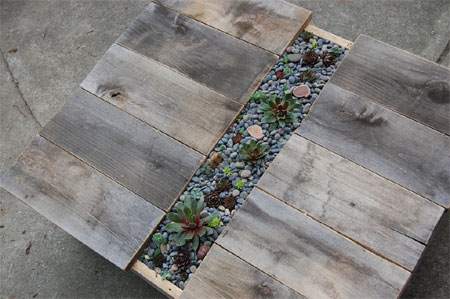
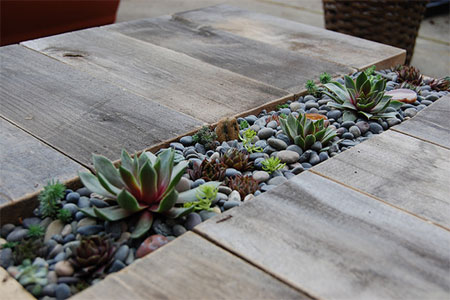
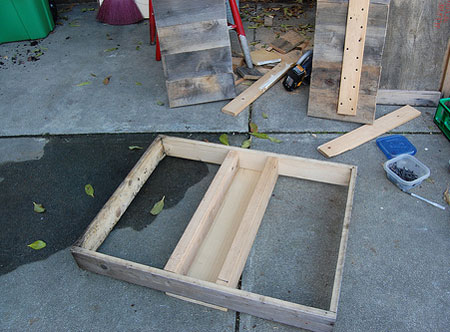
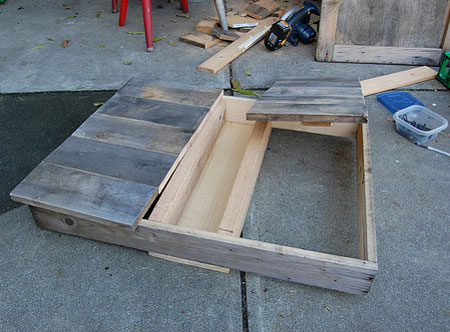
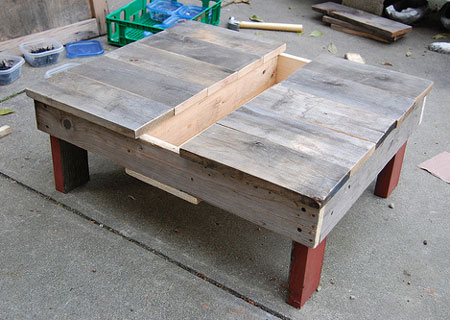






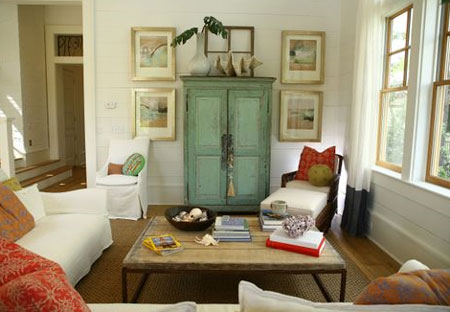
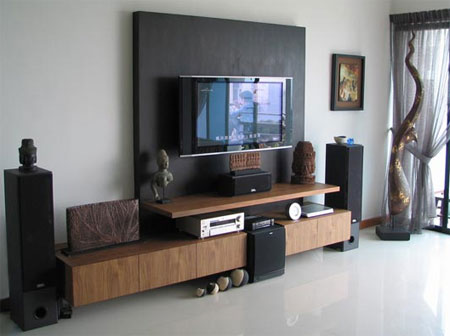
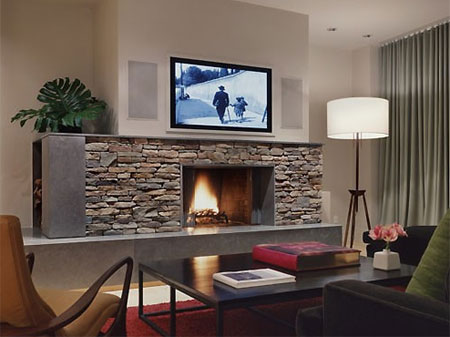
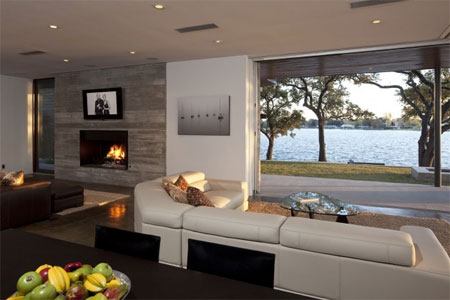
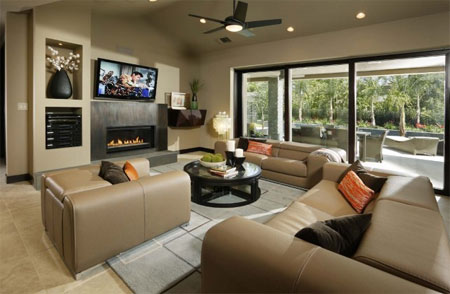
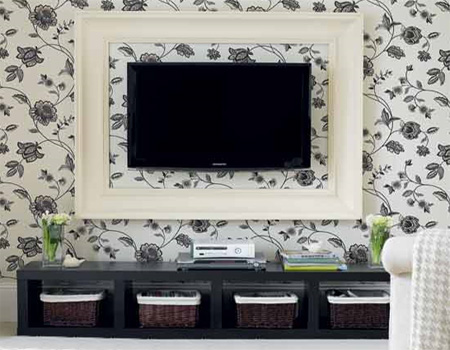
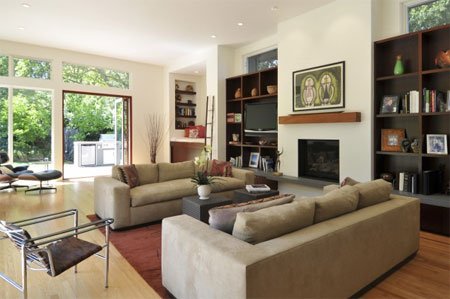
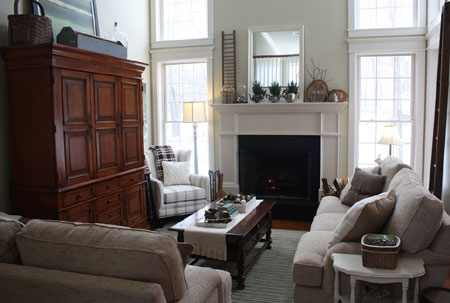
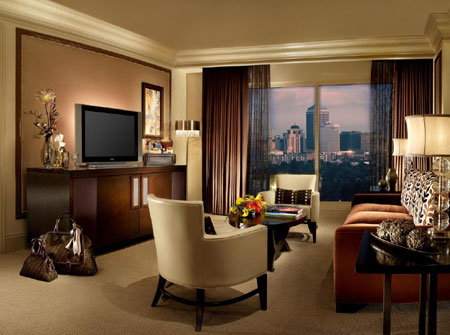
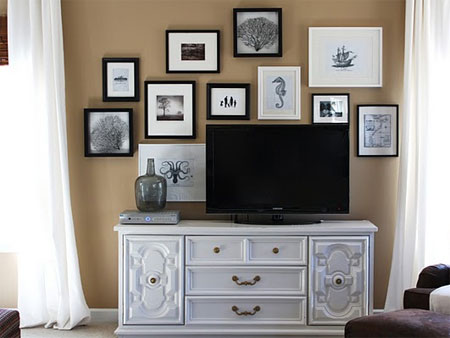
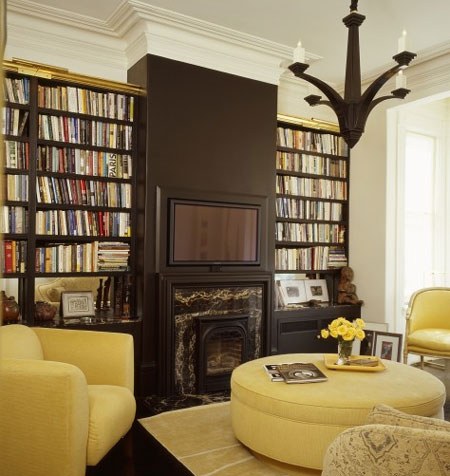
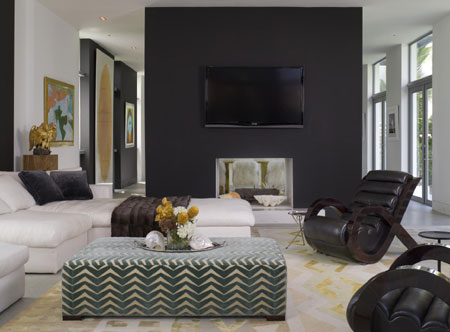
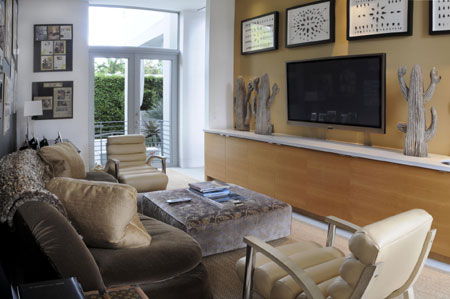
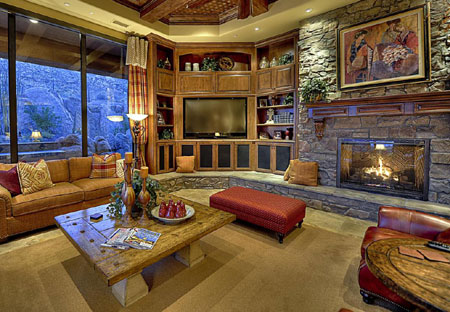
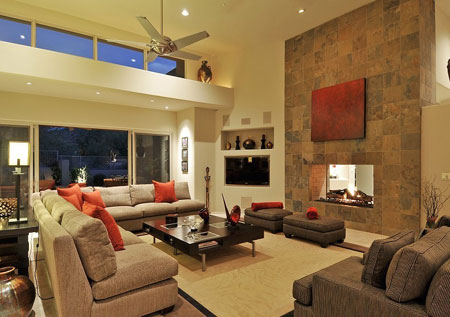
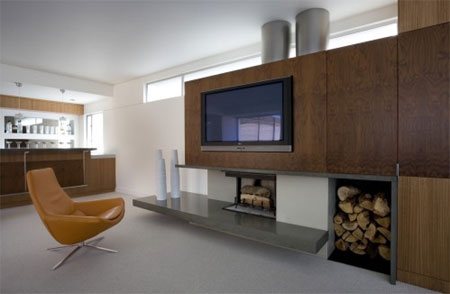
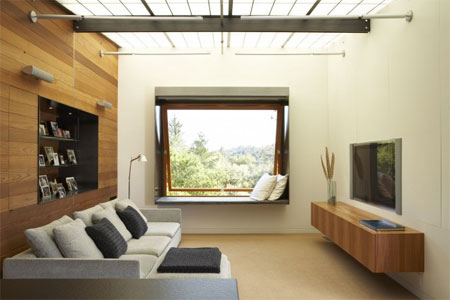

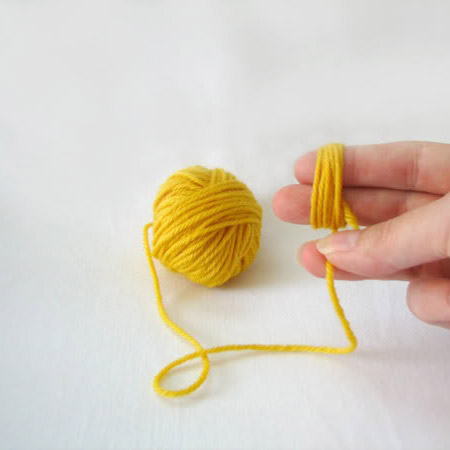
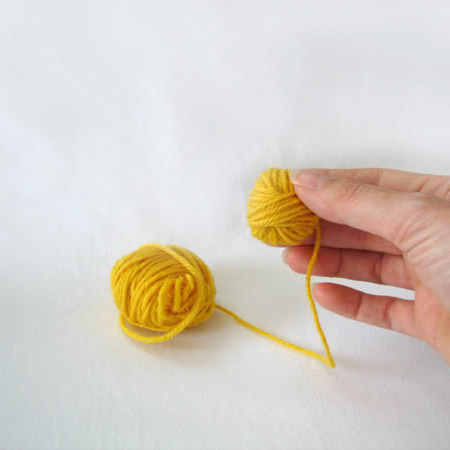 3. Continue wrapping the yarn around and forming a little ball. There is no right or wrong way to do this step, as this will be completely covered up later on.
3. Continue wrapping the yarn around and forming a little ball. There is no right or wrong way to do this step, as this will be completely covered up later on.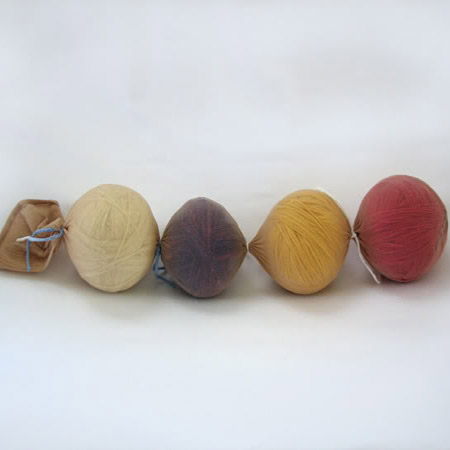
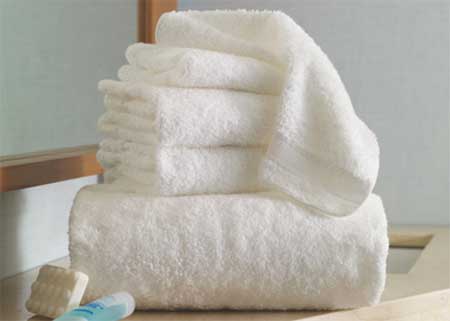
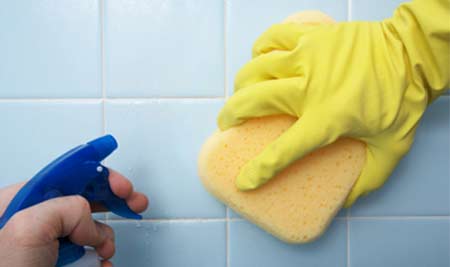
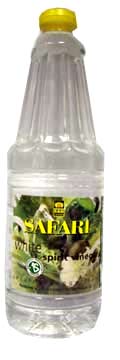
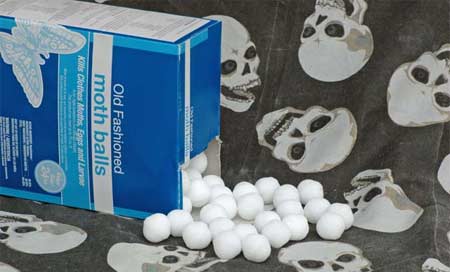
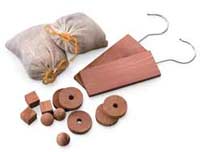 DIY moth and fishmoth repellant
DIY moth and fishmoth repellant
